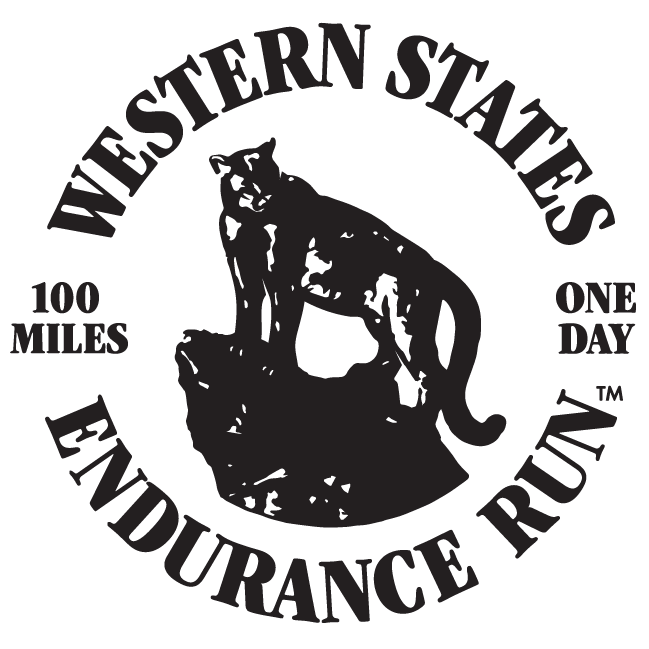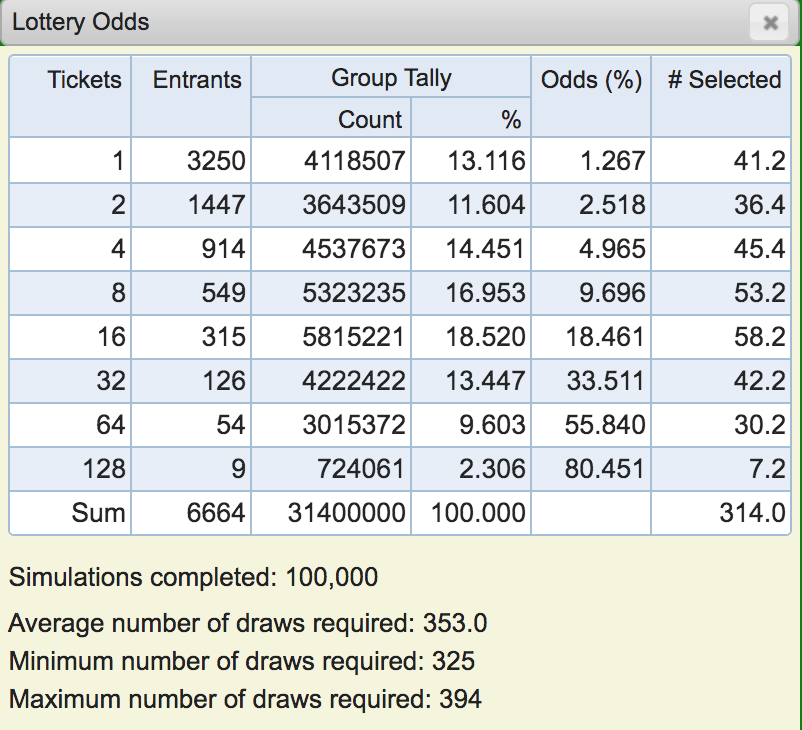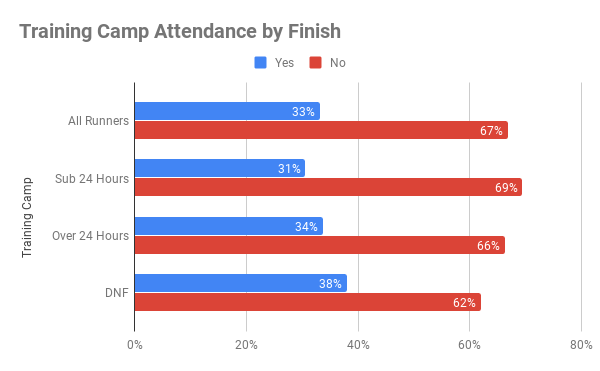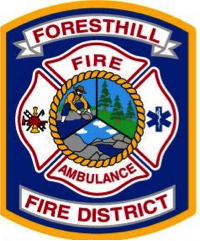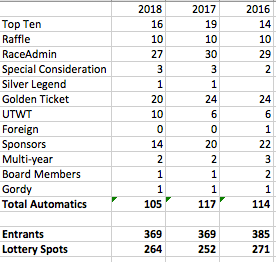FOR IMMEDIATE RELEASE
CONTACT: John Trent, media relations, (775) 842-4871, press@wser.org
WIDE OPEN MEN’S AND WOMEN’S RACES HIGHLIGHT WESTERN STATES 2018
Deep fields for both women’s and men’s race should make for memorable 2018 WSER
The talent level for any year at the Western States Endurance Run is usually exceptional, and the women’s and men’s fields for the 2018 event, scheduled for June 23-24, true to form, will be no exception.
“It’s been very interesting to watch our elite entrant list develop this spring,” Race Director Craig Thornley said. “The Altra Golden Ticket Series (a series of five races held throughout the country, where the top two finishers gain entry into Western States) has given us some new faces for both the women’s and men’s races. In some ways, the sport feels like it is experiencing a changing of the guard, and we are seeing that through some of our Golden Ticket entries. That said, the new faces are going to be joined by a number of key returning top-ten finishers from 2017, plus some great past champions.
“Both fields are deep, talented and should be a lot of fun to watch. It’s anybody’s guess who is going to win, whether it’s going to be a runner who is young and inexperienced or older and battle-tested.”
One of the most intriguing “new faces” at Western States will be Courtney Dauwalter. The 33-year-old school teacher from Golden, Colorado, has taken the ultra running world by storm over the past two years. She ran her way into Western States with a Golden Ticket victory at Southern California’s Sean O’Brien 100K in February. Before that, she notched an outright win at the Moab 240 in October, and previous to that set the American Record for 24 hours in 2017 at the Riverbank One Day Classic. In April, she won the Ultra Trail Mount Fuji 100-miler in Japan.
Top Western States veterans include Kaci Lickteig, 31, the 2016 women’s champion from Omaha, Nebraska, who is rounding into form this spring following her recovery earlier this year from a pelvic stress fracture; 2014 women’s champion Stephanie Violett, 34, of Bend, Ore., who also finished third in 2015; Katlyn Gerbin, 28, of Issaquah, Washington, who finished fourth in 2017; perennial top-ten finisher Aliza Lapierre, 37, of Williston, Vermont; Amanda Basham, 28, of North Logan, Utah, who finished fourth in 2016; New Zealand’s Fiona Hayvice, who finished fifth in 2017; and the ageless Meghan Laws, 57, of Cool, California, ninth in 2017, who will be looking for her 12th Western States finish. Three athletes who qualified via the Ultra Trail World Tour (UTWT), which has partnered with Western States over the past several years to bring more international runners into the race, are 22-year-old Lucy Bartholomew of Australia, Cecilia Flori, 37, an Italian citizen living in New Zealand, and Emilie Lecomte, 39, of France.
Overall, there are 73 runners from outside the United States who will be competing this year. This represents approximately 20 percent of all entrants.
On the men’s side, Jim Walmsley, 28, will lead the “Coconino Cowboys,” a group of training partners who all live in Flagstaff, Arizona. Going into this year’s race, five “Cowboys,” including Walmsley, had qualified for Western States through Golden Ticket races.
Walmsley was on course record setting pace in 2016 before taking a wrong turn near 90 miles, eventually finishing in 20th place. In 2017, Walmsley again set a torrid pace through a muddy and snowy high country and on through to 62 miles at Foresthill. He later became sick on the way to the Rucky Chucky river crossing near mile 78 and dropped out.
This spring, showing fine form, Walmsley won the Lake Sonoma 50-miler in a course record setting time of 5:51.
Three of his four “Coconino Cowboy” teammates will also be starting Saturday, including Tim Freriks, 27, who ran away from a strong field at The North Face Endurance Challenge in San Francisco in December.
Walmsley will be challenged by one of the top mountain runners in the world in France’s Francois D’Haene, 31, the 2017 Ultra Tour du Mont Blanc champion; Mark Hammond, 33, of Millcreek, Utah, the third-place finisher at Western States in 2017; Jeff Browning, 46, of Logan, Utah, who has finished third and fourth over the past two years at Western States; Mario Mendoza, 32, of Bend, Oregon, who won February’s Bandera 100K in Texas and was sixth at the World Trail Championships; Norway’s Didrik Hermansen, runner-up in 2016; and Ian Sharman, 37, of Bend, Ore., who will be gunning for his ninth straight top-ten finish.
Age-group entrants also could make headlines this year. Diana Fitzpatrick, 60, of Larkspur, California, will be shooting for the women’s 60 to 69 age group record, of 25:40 set in 2005 by Gunhild Swanson. Karl Meltzer, 50, of Sandy, Utah, will be attempting to take the oldest record on the books at Western States – Doug Latimer’s 50 to 59 age group record of 18:43 set in 1988.
2017 men’s champion Ryan Sandes and women’s champion Cat Bradley will not be competing this year.
Temperatures following a mild spring will test the field of 369 entrants. The National Weather Service is calling for a high of 100 degrees at the finish in Auburn, California on Saturday.
WHAT: 45th running of the Western States 100-mile Endurance Run
WHEN: Saturday, June 23, 5 a.m. start at Squaw Valley, Calif., finish at Placer High School, Auburn, Calif. 369 trail runners from more than 30 countries and more than 40 states to compete. Western States Endurance Run: https://www.wser.org
